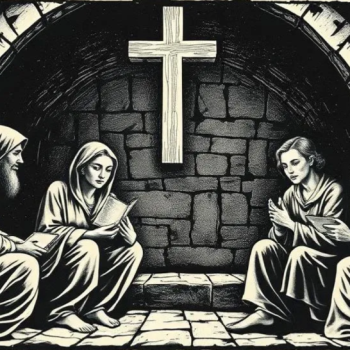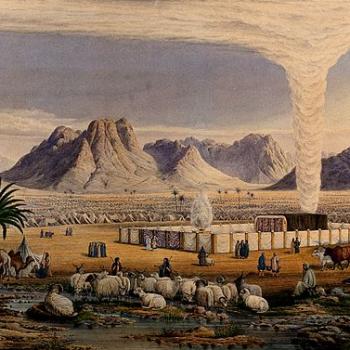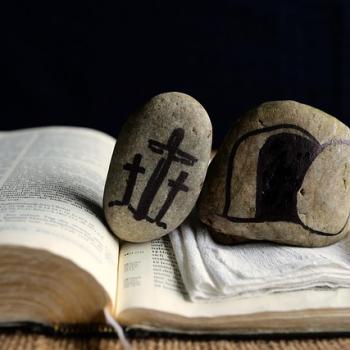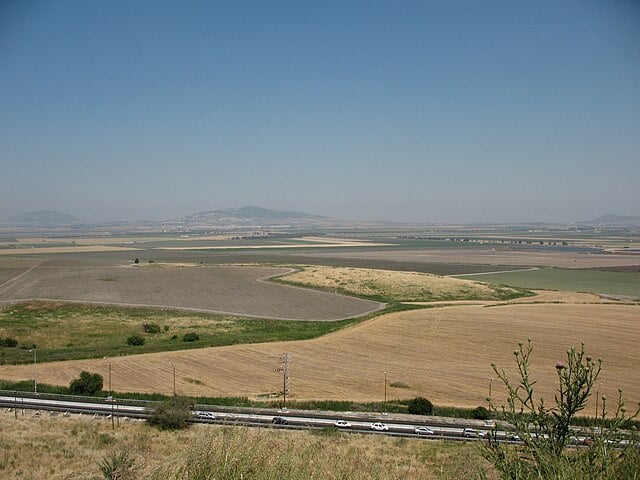
The Bible Story
After enduring ten plagues, Pharaoh finally relented and let God’s people go as Moses had requested. Although Moses served as the human leader of the Israelites, God directed the path the fleeing former slaves should take. His choice undoubtedly surprised both Pharaoh and the Israelites. Why? God choose a longer route, one off the beaten path. Exodus 13:17-18 notes He did not lead the large group through the land of the Philistines, a shorter route. Instead, He directed them “around” by the desert road toward the Red Sea, a more circuitous and less desirable way.
Exodus 13 notes two options for the Israelites’ travel route. Their choice, had they been given one, would undoubtedly have been the shorter route, known as the Via Maris, through areas bordering the sea. God’s choice, however, required them to forgo a direct route and travel through desert territory. Shorter and more pleasant would, from a human perspective, trump longer and more demanding. But God knew better.
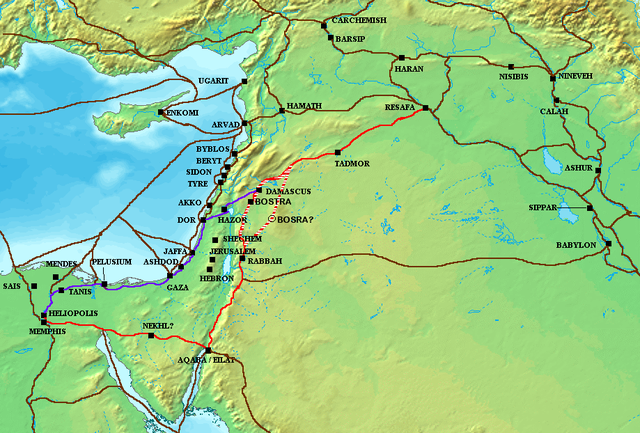
God’s Route for the Israelites
For their own good, God led the Israelites in an unexpected way. For His people it would have been a no brainer to select the shorter and most common route between Egypt and Canaan, one with easier roads and the availability of provisions for purchase as it was a trade route. But Via Maris presented dangers to the Israelites of which they were unaware.
Although Pharaoh gave God’s children the green light to leave Egypt, he subsequently changed his mind and pursued them with horses and chariots. The Egyptian leader’s attempt to halt the exodus of his country’s slaves failed only because of God’s miraculous intervention by parting the Red Sea. Egyptian military outposts along the Via Maris offered opportunities for Pharaoh to again attempt to force the Israelites to return to slavery. With no military experience, the Israelites weren’t equipped to win a fight. God foresaw this danger and spared His children from such encounters. Better a longer trip through the desert than slaughter by the sea.
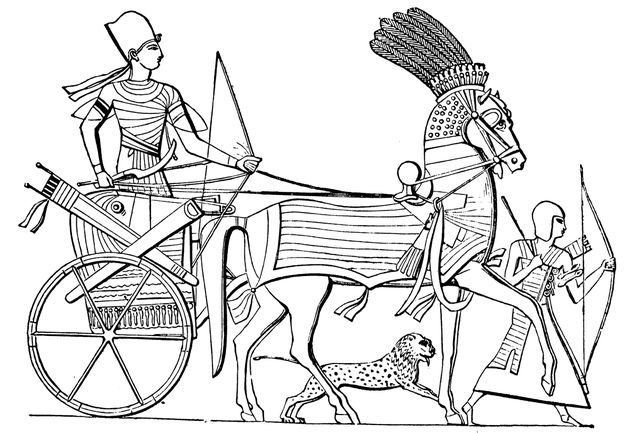
Via Maris – Man’s Route
The name Via Maris means the way of the sea in Latin. Historical records verify the existence of this ancient trade route which connected Egypt to kingdoms in Syria and in Mesopotamia such as Assyria, Babylonia, and Persia. This road served as a crucial pathway for the flow of trade and of military forces between empires. Exodus 3:17 refers to the route as “the road through the Philistine country.”
Via Maris dates back to the early Bronze Age. The historic road, which other trade routes crossed, served as the most important route from Egypt to the Fertile Crescent. Beginning in Sile, Egypt, it followed the Sinai coast to Gaza City. From there the route traced the Mediterranean coast through Ashkelon and Jaffa ultimately ending in Damascus. Egyptians called this road the “Way of Horus,” but other names for it include the Sea Road, the Coastal Road, and the Way of the Philistines.
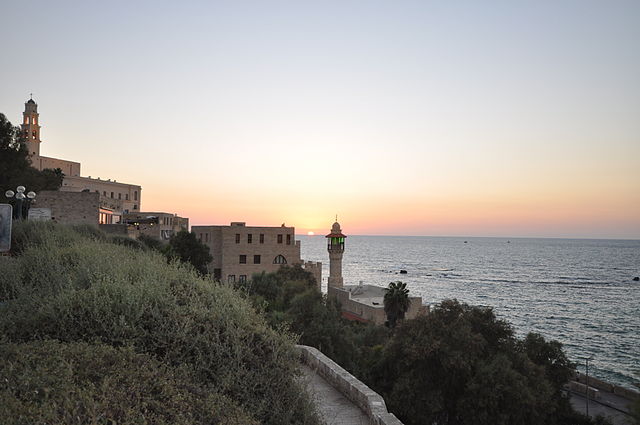
Significance of Via Maris
Via Maris provided a vital link between the continents of Africa, Asia, and Europe. It facilitated communication, cultural exchange, and trade among civilizations situated along the Mediterranean coast. The route proved particularly beneficial to the Roman Empire, allowing the movement of troops, supplies, and goods to its territories. Via Maris shaped the economics of the day allowing the distribution of highly-desired commodities such as ceramics, perfumes, precious metals, silk, spices, and textiles. In addition to the exchange of commodities, this route offered the opportunity for ideas and knowledge to be disseminated.
Not only did Via Maris impact the world of its day, but it laid the foundation for the future, influencing modern trade routes and transportation networks. The significance the ports along its sea route gained continued through the years, and busy ports and trade zones have developed along its historic route. Today major highways, such as the International Coastal Highway, and railways in the region often follow the path of the ancient trade route.

Via Maris – The Internal Danger
The danger of the Israelites traveling the Via Maris wasn’t confined to encountering the Egyptian military stationed along the way. An internal danger lurked as well. Exodus 13:17 makes clear that fear and discouragement in the face of such opposition might have led the Israelites to abandon their exodus and return to Egypt and slavery. So, man’s route, the Via Maris, posed not only external dangers but dangers to God’s children based on their perception of the world surrounding them. The desert route chosen by God kept the Israelites away from the outside world and dependent upon Him as He led them via a pillar of cloud by day and a pillar of fire by night.
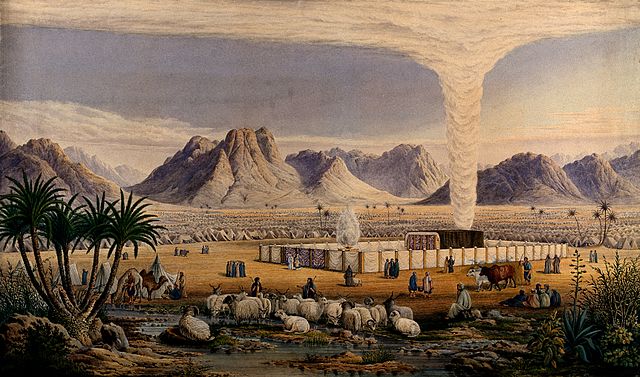
Today’s believers face the same choice the Israelites faced when fleeing Egypt. Will they follow a Via Maris, man’s easy, direct, and thriving route, as they make their way through life or will they follow God’s route leading through a less well known territory? Although God’s route may not be as common or easy as man’s, it does offer His presence and guidance. And for precedent, the Israelites successfully ended up in the Promised Land when God led them on His route.






